Make a Temperature Quilt
A quiltmaker’s quilt often tells a story, and maybe they can even predict the weather too! One of the latest trends in quilting is creating a temperature quilt that visually documents the daily high and low temperatures in a climate for an entire year.
Temperature quilts have been around for a few years. But in recent months, pictures of temperature quilts have jumped into social media pages as quilters finish up these year-long creations. After all, it does take at least 365 days to make a temperature quilt.
The twelve rings in this quilt represent the temperatures of twelve months in quiltmaker Laura Nisi’s home in Minnesota. “There were no days over 100 degrees or below zero that year, which was a pleasant change from the extremes we often experience,” she said.
The basic idea behind making a temperature quilt is pretty simple. First, you must determine the temperature range for the climate where you live. For example, Arizona’s temperature ranges will differ from Alaska’s. Second, you assign a fabric color for every five-degree increment, i.e., 70-75 degrees is yellow, 75-80 degrees is orange. If you live in a climate where the highs and lows do not vary much, you can assign a color for every two or three-degree increment instead of five.
One quilt block is made for each day of the year using the assigned fabric for the high and low temperatures of the day. Those daily blocks are sewn together to create a “month” section. And the 12-monthly sections are sewn together to complete the one-year quilt. Do you live in a snowy climate? You can decide to add a white fabric to your daily temperature block to represent the white of winter.
Temperature quilts are often made with solid color fabrics in a rainbow spectrum with darker purples and blues representing the colder temperatures and oranges and reds for the higher temperatures. But that doesn’t mean you have to use that rainbow spectrum. If you want your quilt to match a specific style or personal taste, you can assign colors of your choosing or even choose neutrals or more subtle colors. You can use prints, solids, or any combination.
In a special exhibit of Temperature Quilts at QuiltCon 2022, a modern quilter’s convention held this year, each temperature quilt on display was unique in its design, piecing style, and color palette. Are you interested in seeing some examples of Temperature quilts? Check out #temperaturequilt on Instagram.
“This quilt is a representation of the first year of my husband, and I were married.” Each color in the quilt represents 10 degrees–from zero to 100. The highs are in the center and are shorted or longer depending on how many daylight hours there was that day,” said Bridget Vian of her temperature quilt.
Make Your Own Temperature Quilt
Are you ready to document a year of your life with a Temperature quilt?
Creatively, the design of a temperature quilt is up to you.
Alexis Greenway designed this foundation paper pieced temperature quilt pattern. “I love to piece the pineapple block, and I love the precision and sharp points you get when you use foundation paper piecing,” she said.
If you need a pattern to guide you on your temperature quilt journey, check out this design by Alexis Greenway of Stitched By Lexx. Her “A (Pine)Apple A Day” temperature quilt pattern is made using a mix of foundation paper piecing and regular piecework. “I started quilting about three years ago after I was gifted a sewing machine. I attended a meeting with the Seattle Modern Quilt Guild, which was about temperature quilts. I’ve been obsessed with foundation paper piecing pineapple blocks, and I decided to design my own temperature quilt using pineapple blocks. Each of the main pineapple blocks in the quilt represents the temperatures of the last full year I lived in Seattle,” said Alexis. 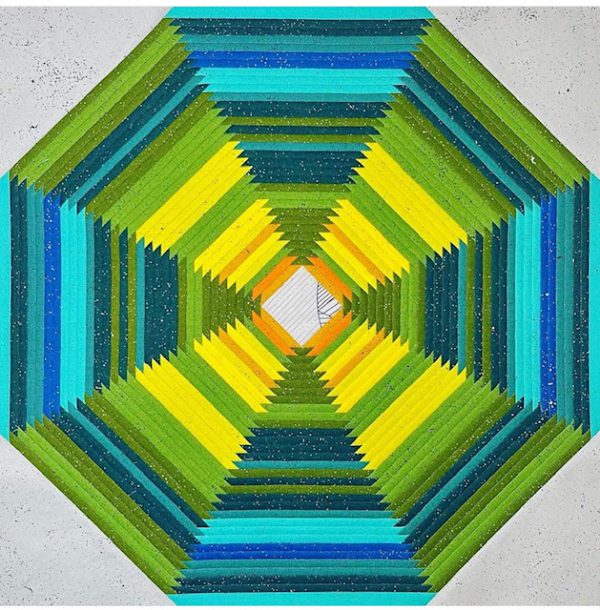
The pattern can be purchased on Etsy at StitchedByLexx
Alexis Greenway designed this foundation paper pieced temperature quilt pattern. “I love to piece the pineapple block, and I love the precision and sharp points you get when you use foundation paper piecing,” she said.
You can learn more and see how you can make your own temperature quilt with our How to Make a Temperature Quilt three-part series by WeAllSew Expert, Erika Mulvenna here on WeAllSew, too!
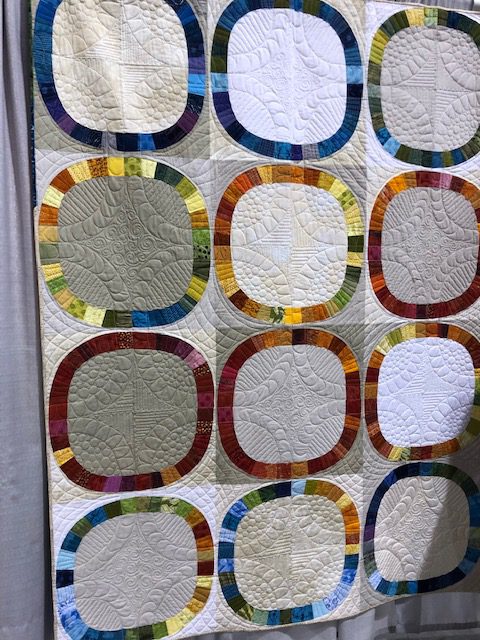
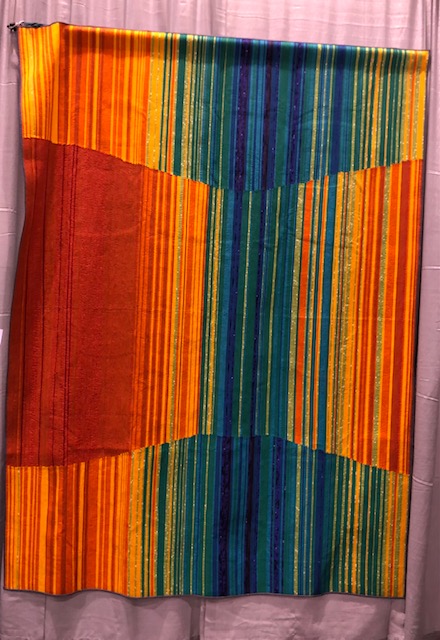
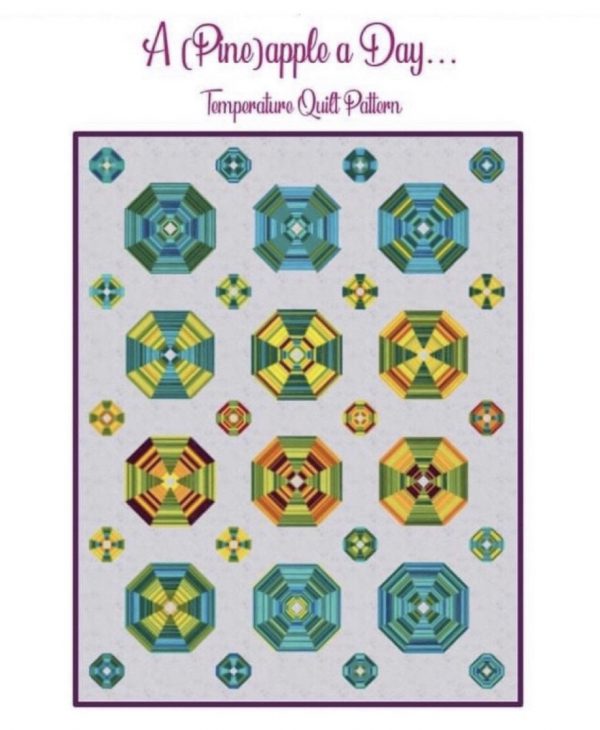
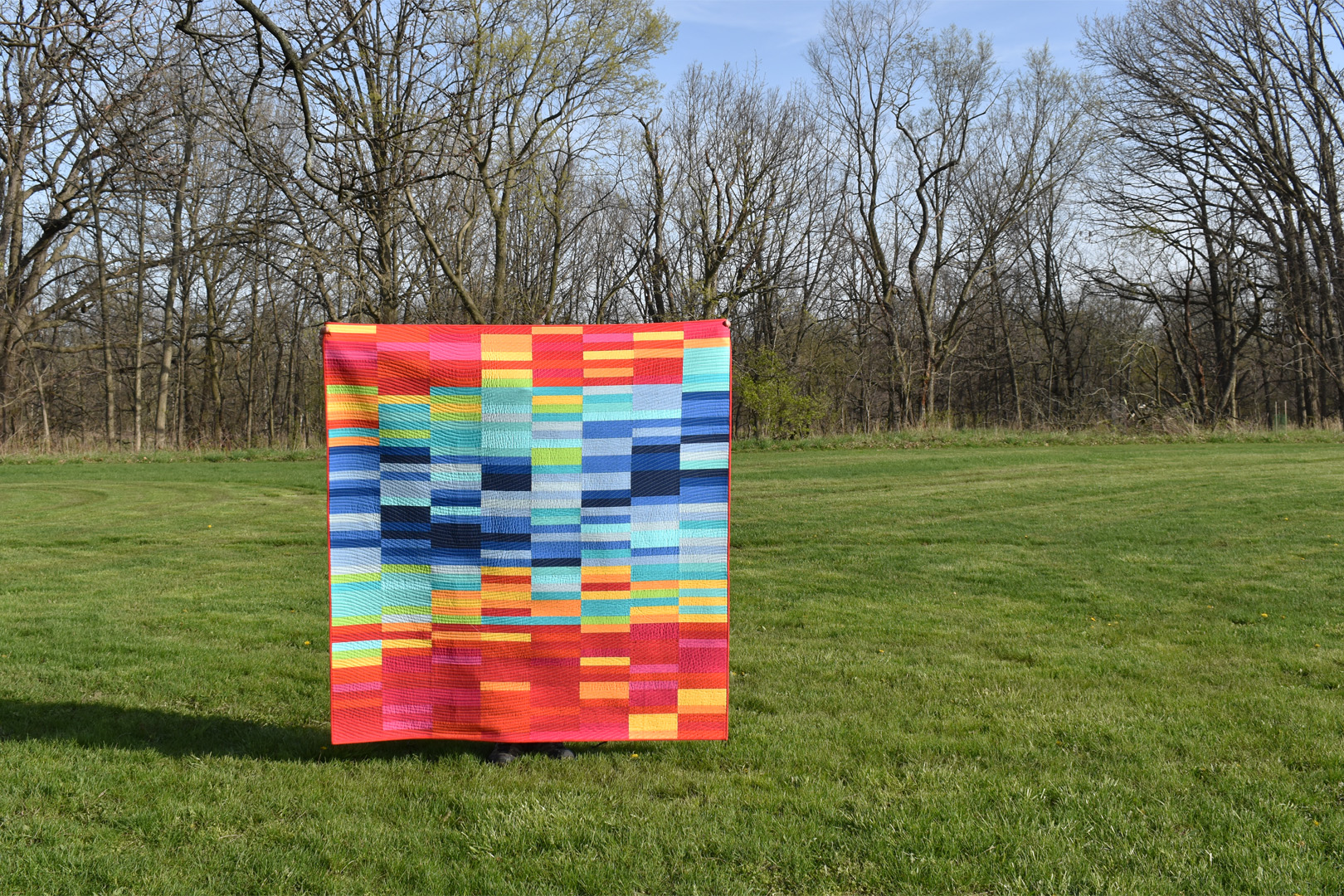




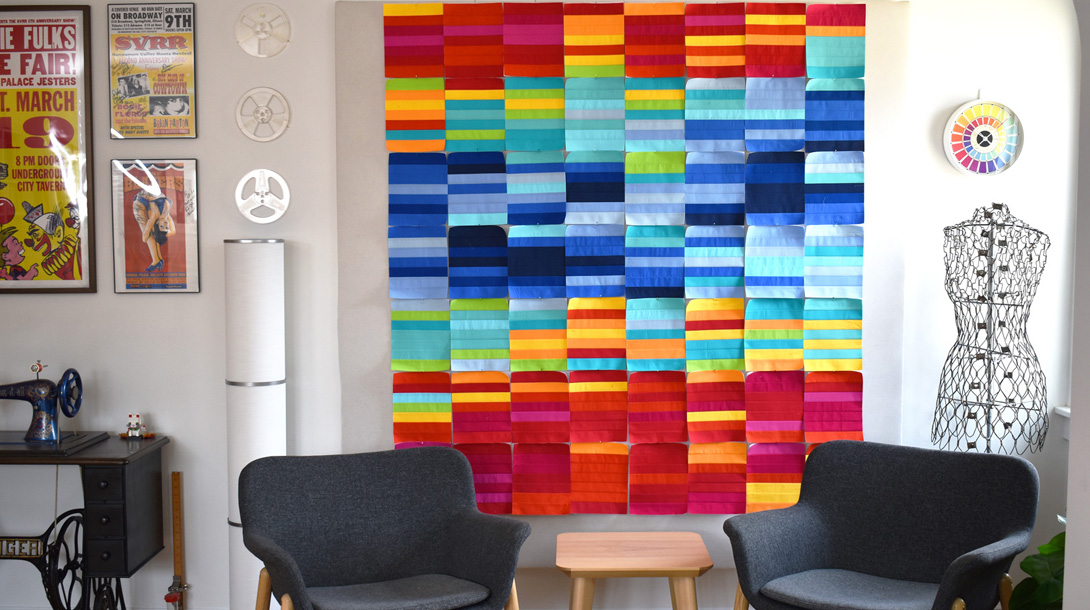
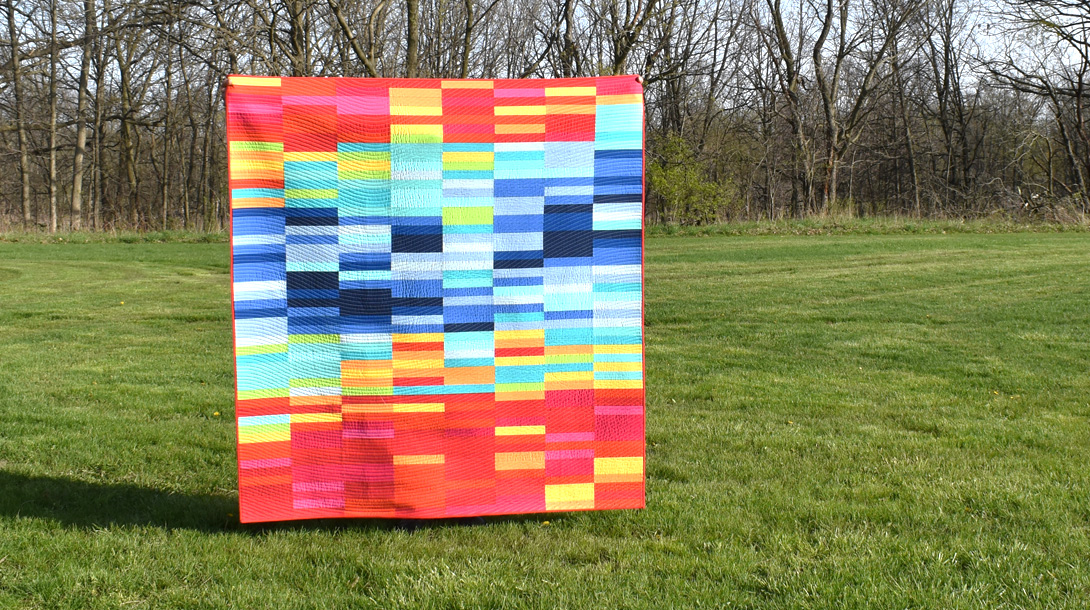
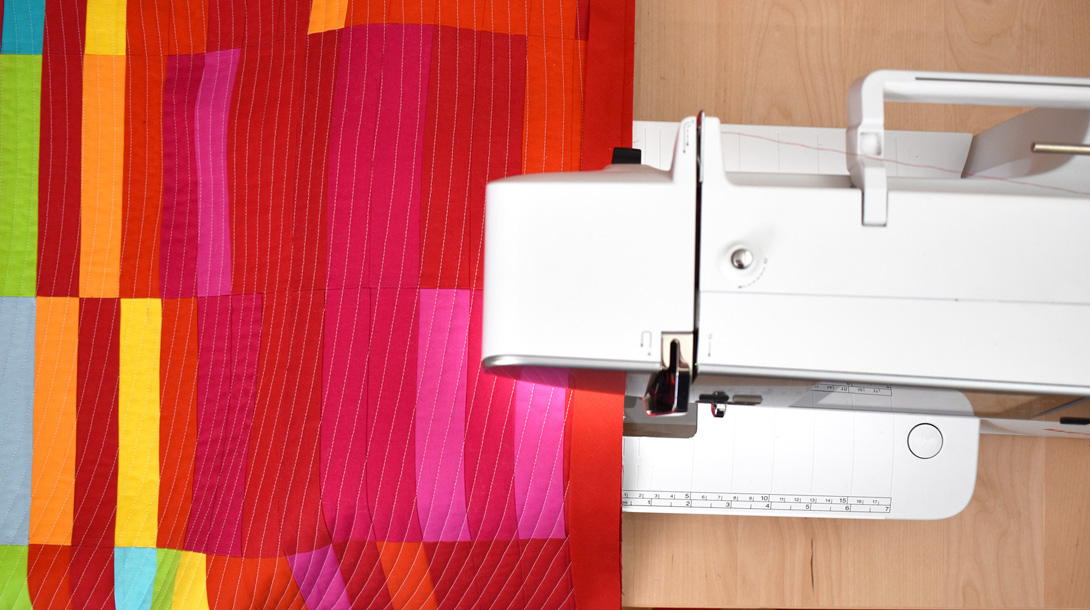
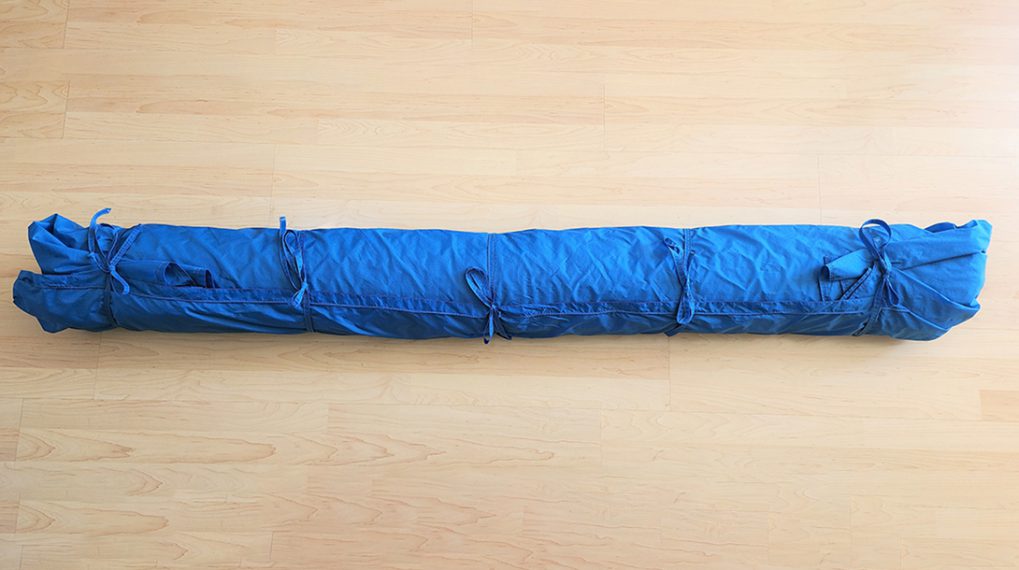
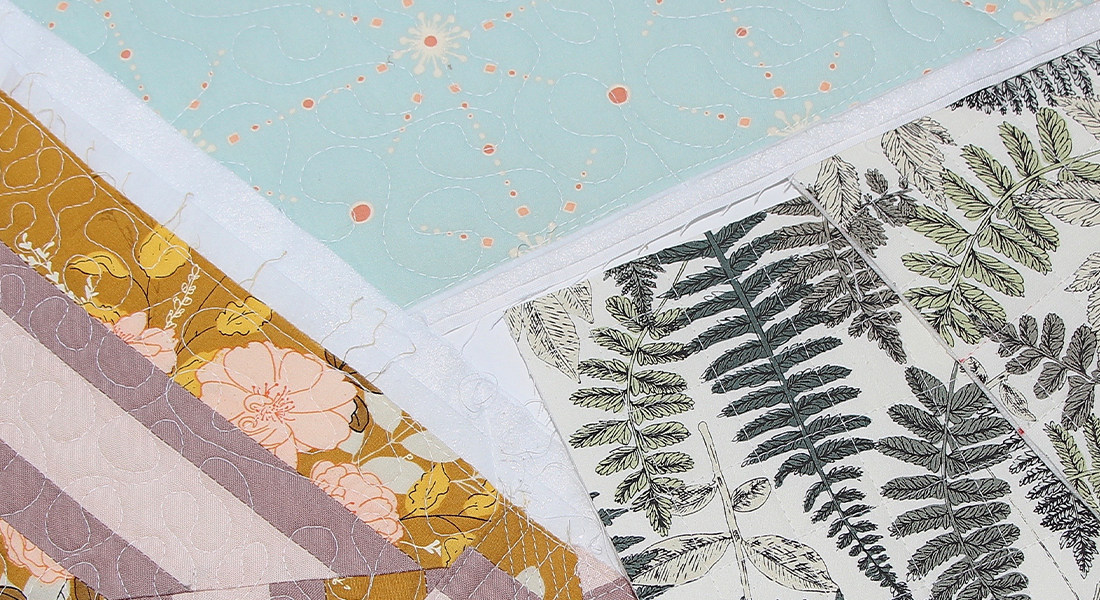
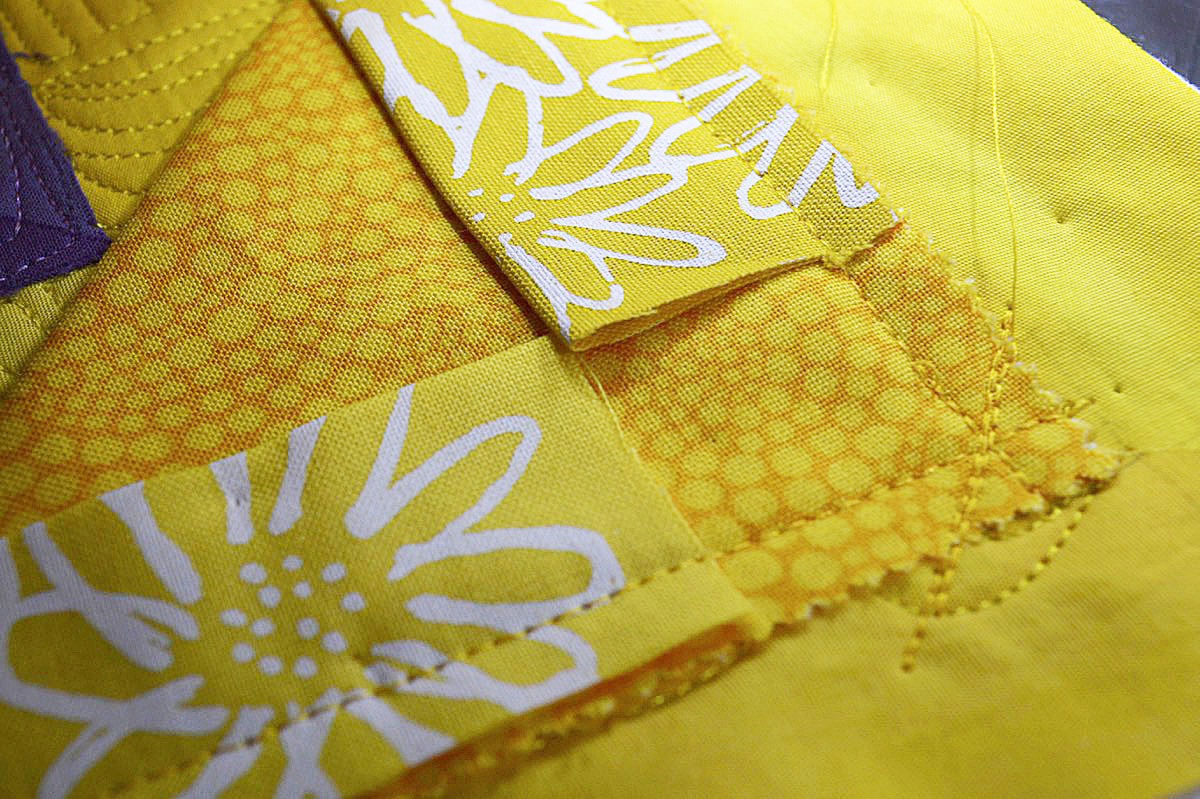
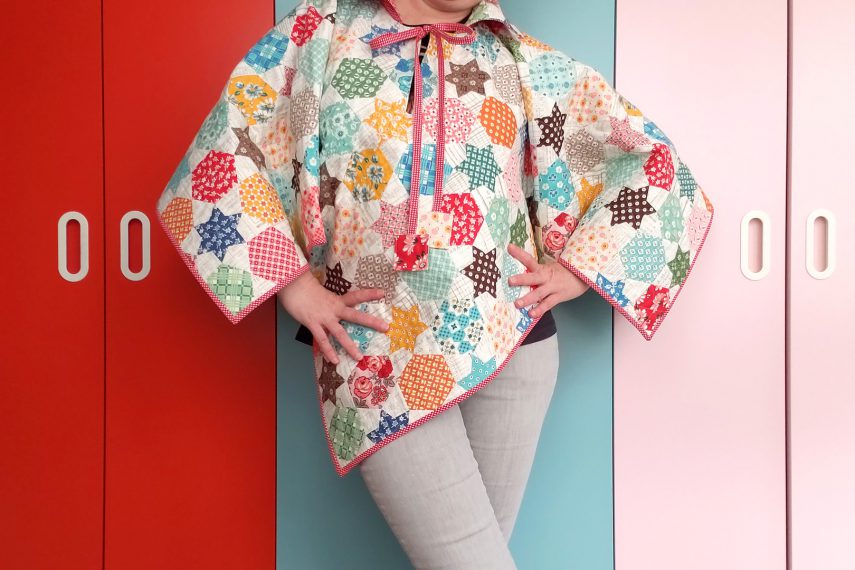
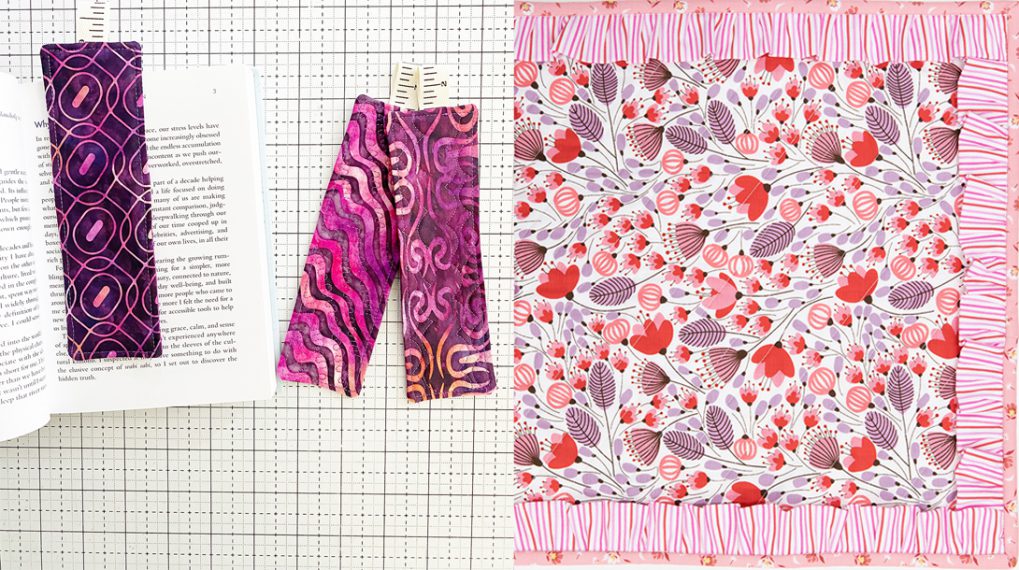
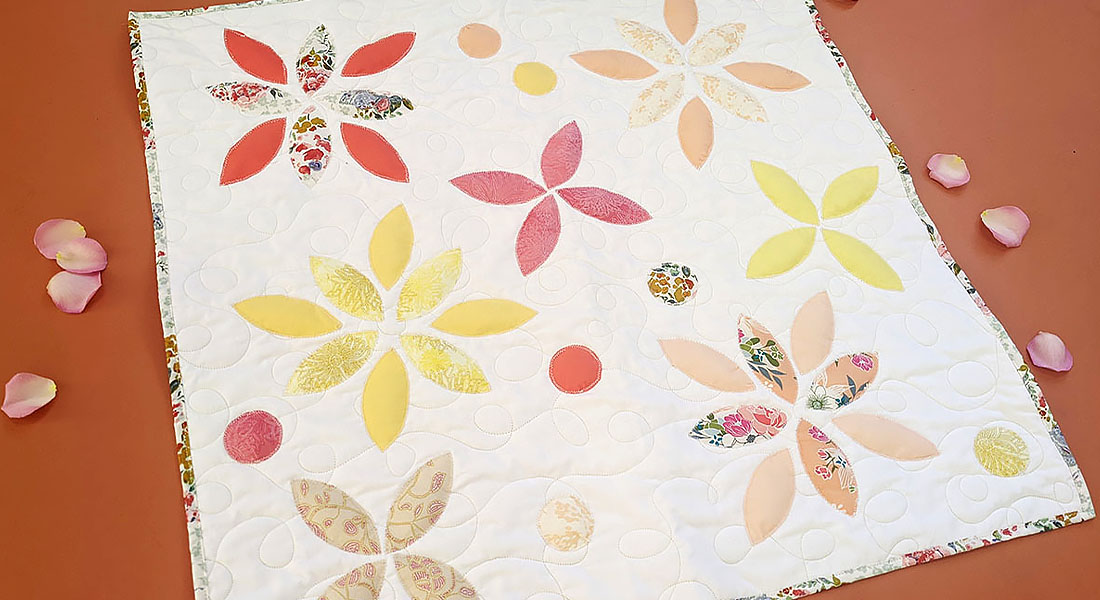
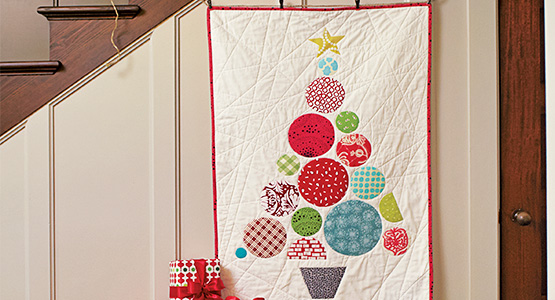
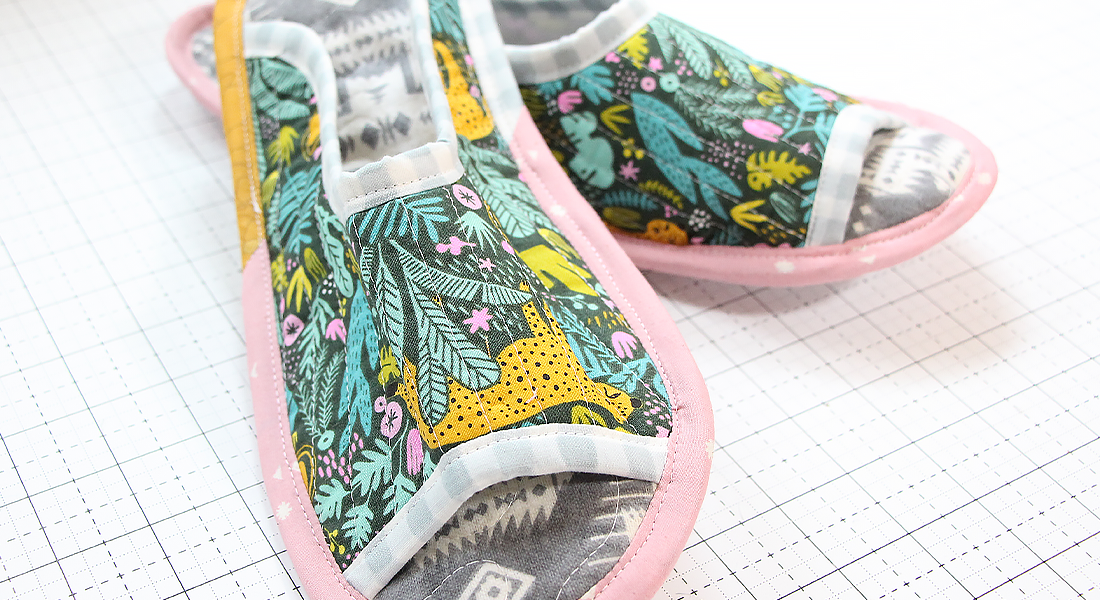
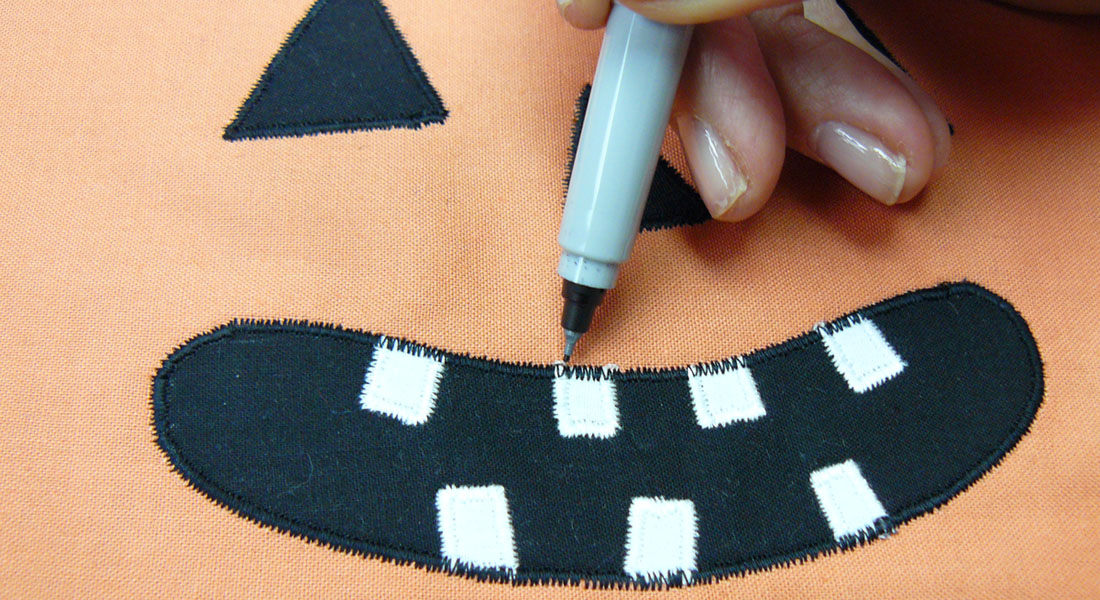
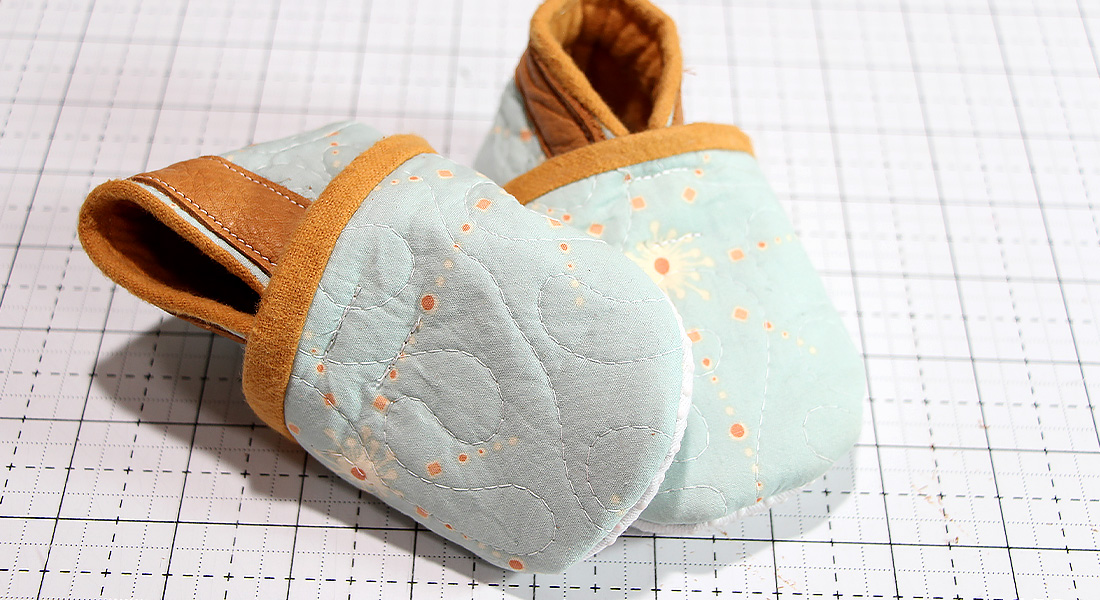
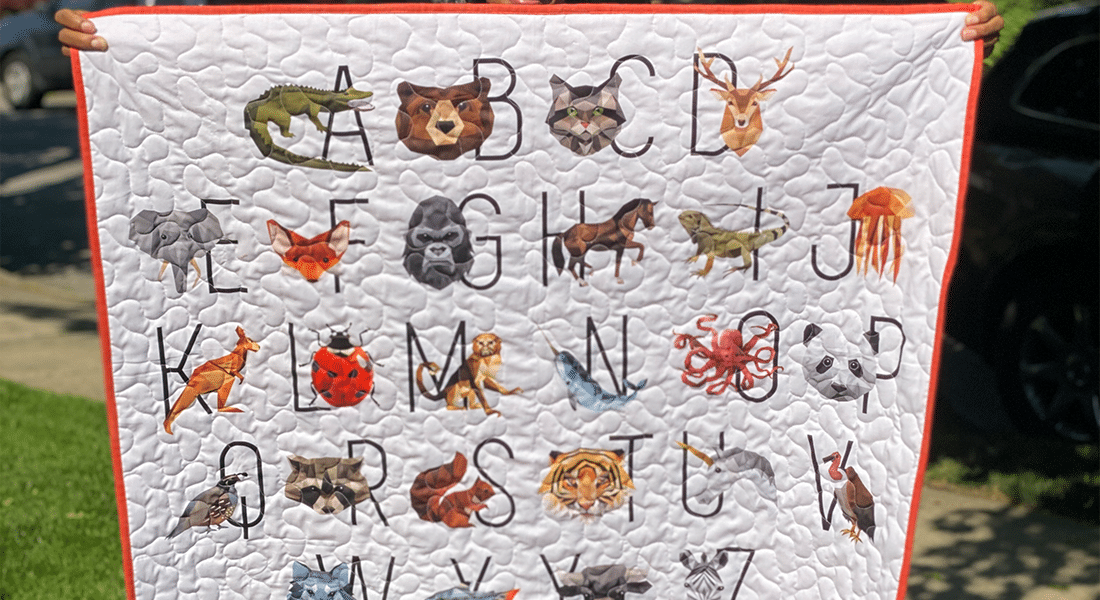
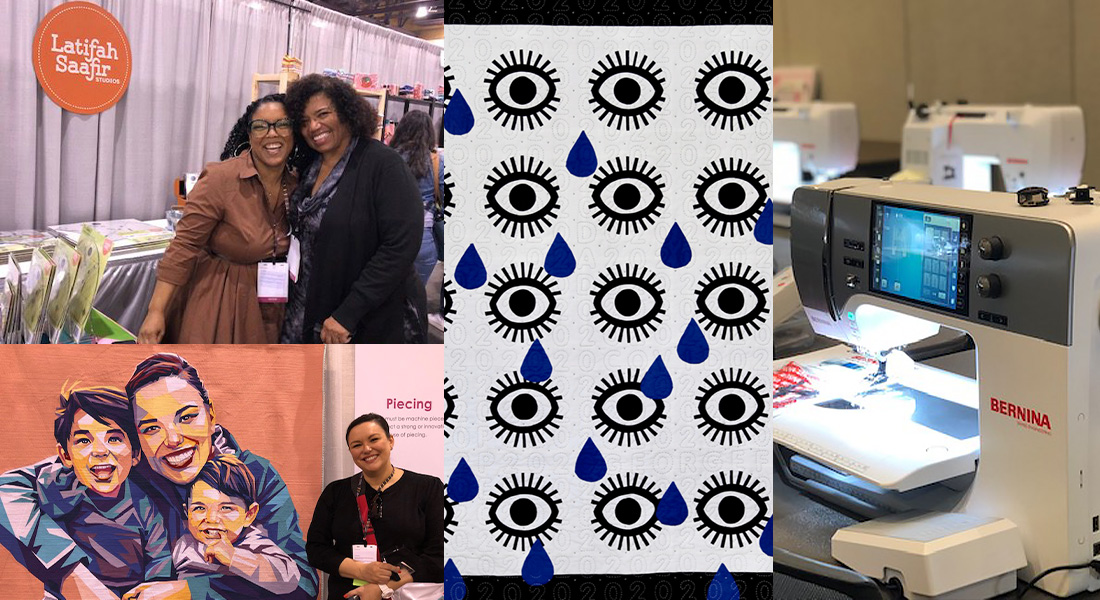

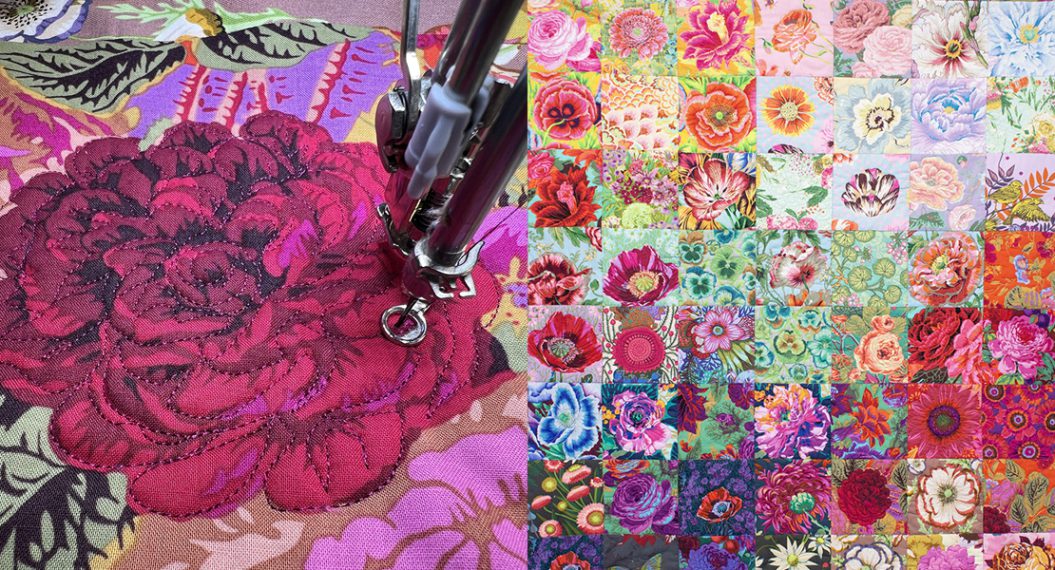
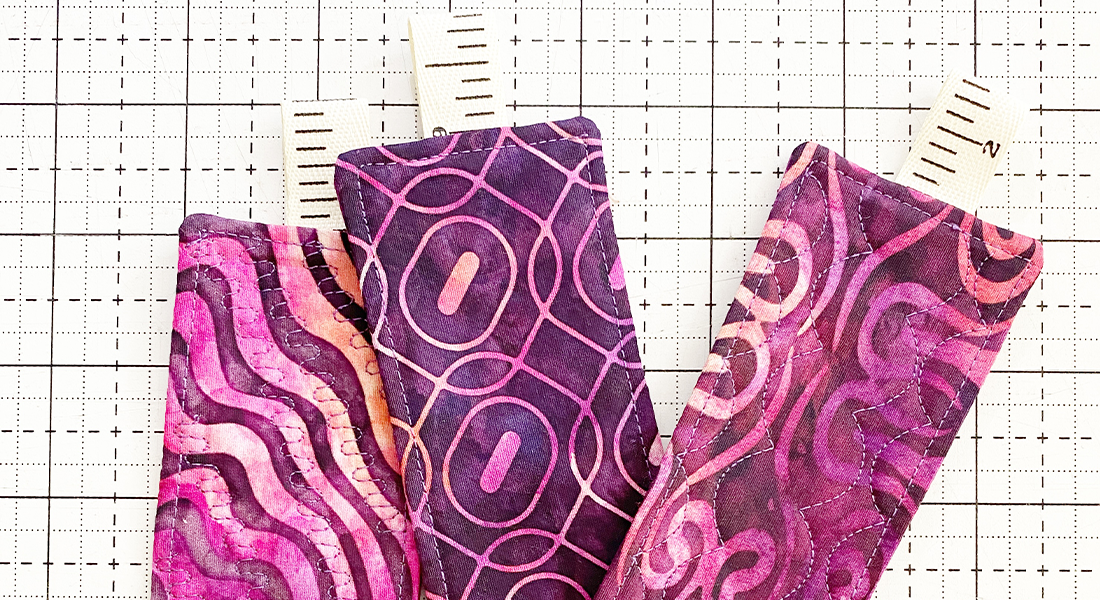

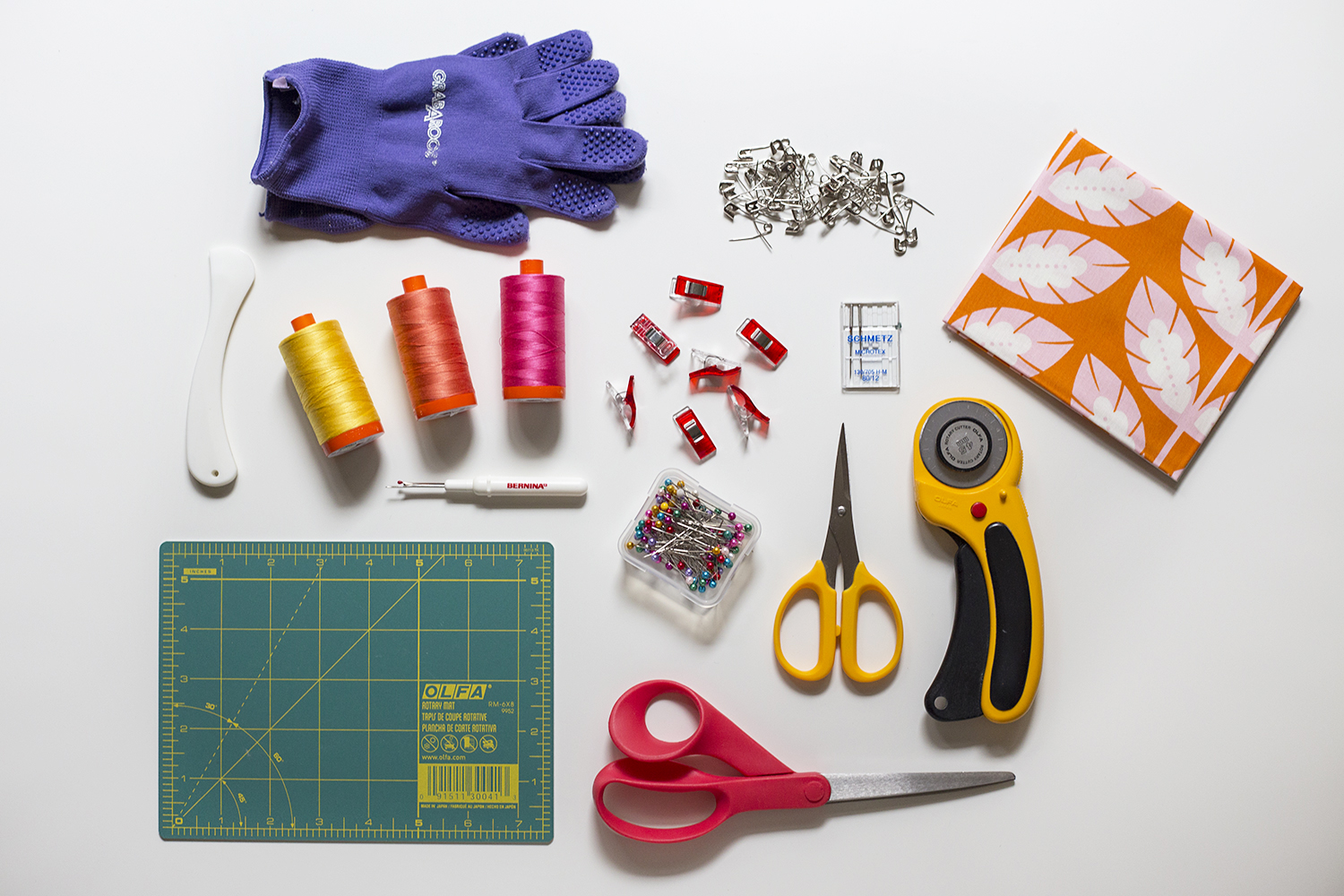
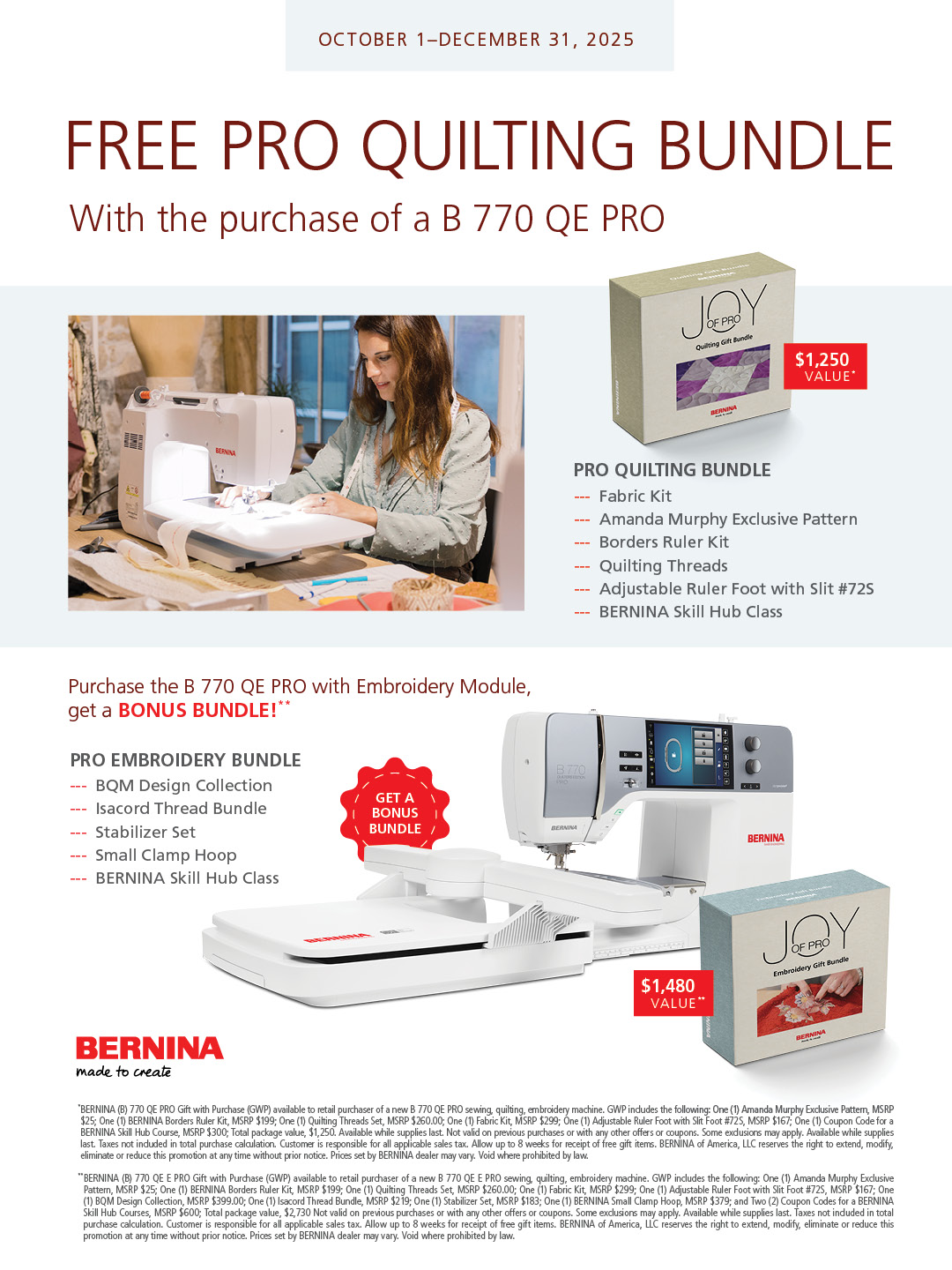
I love this idea. I started a temperature/daily journal quilt a few years ago and should pull it back out. The pineapple idea is really cool, as well.
Laura Nisi’s quilt at the top should be credited – it is Denyse Schmidt’s Free-Wheeling Single Girl pattern.